Blog </>
Abdulkader Safi web and mobile application development blogs
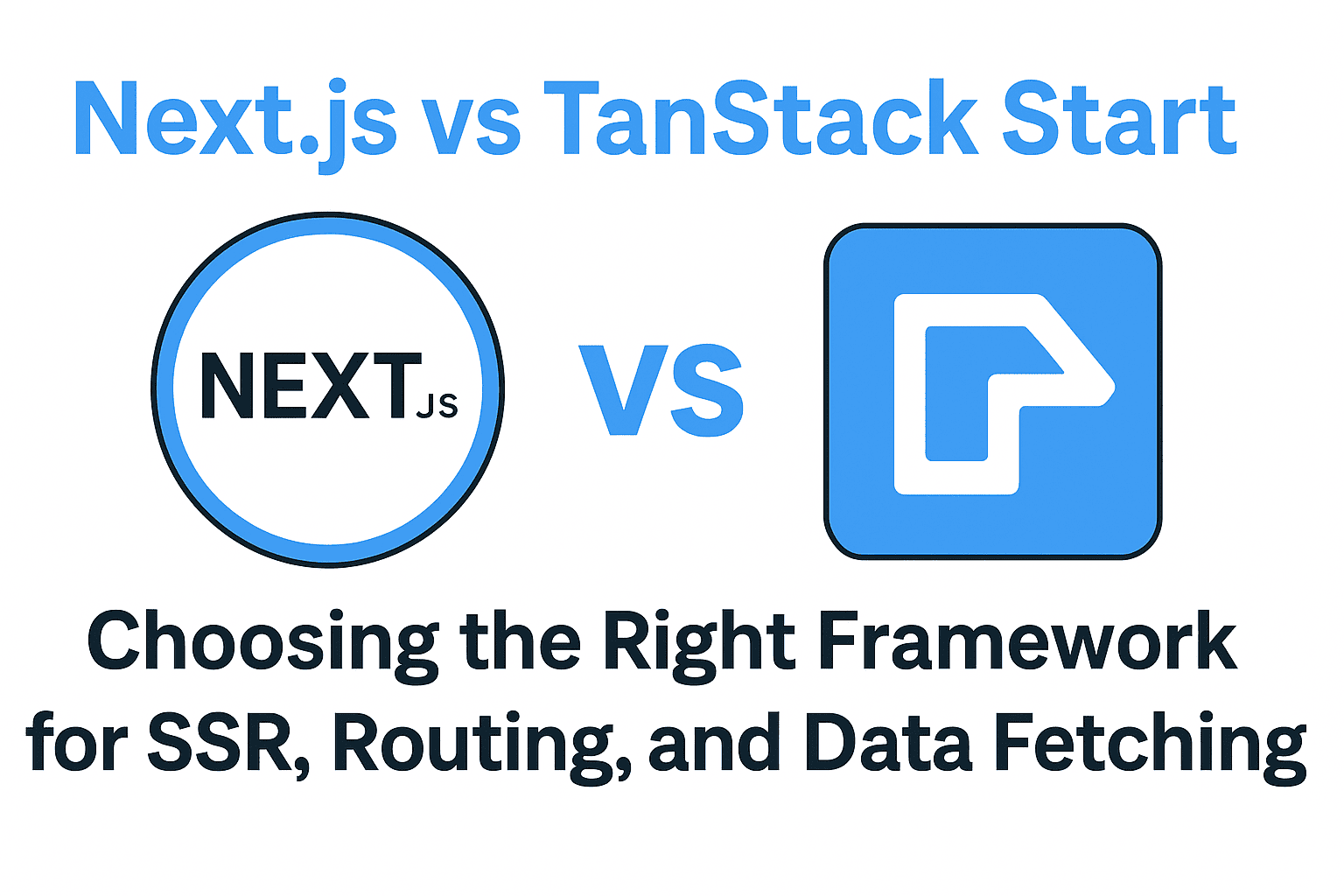
Next.js vs TanStack Start: SSR, Routing & Data Fetching Guide
Compare Next.js vs TanStack Start. Learn SSR, routing, and data-fetching differences with examples. Find out which framework fits your React project best.

How to Start Your Journey as a QA Tester
Breaking into the tech industry as a Quality Assurance (QA) Tester is one of the best ways for fresh graduates and career changers to begin. QA is more than just “finding bugs”, it’s about ensuring that software products meet quality standards and deliver a smooth user experience. If you’re passionate about details, curious about how things work, and enjoy problem-solving, QA can be an excellent starting point.

Why Developers Choose Shadcn UI Over Radix UI
Modern React development often comes down to choosing the right building blocks. Two libraries you’ll hear a lot about are Radix UI and Shadcn UI. While Shadcn is built on top of Radix, many developers prefer starting with Shadcn rather than Radix alone. Let’s break down why, with examples.
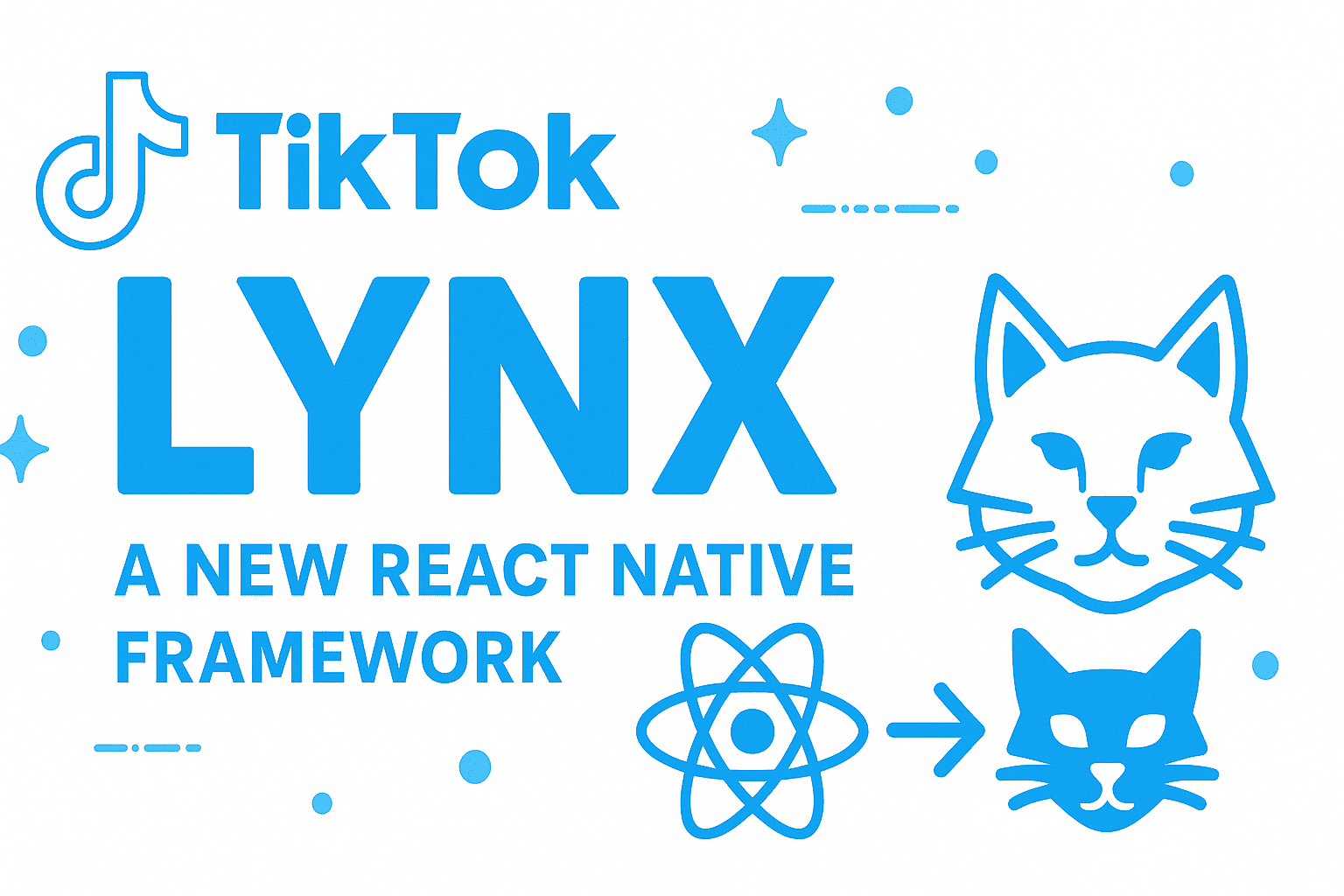
🚀 Lynx: TikTok’s New React Native Framework — What It Means for React Native & Expo Developers
The JavaScript ecosystem never stops evolving. From React Native to Expo, developers have relied on open-source frameworks to build high-performance mobile apps with a single codebase. Now, TikTok has introduced Lynx, a brand-new framework inspired by React Native — but with its own unique vision.

Local SEO and Google My Business (GMB) Listings: A Complete Guide
If you want your business to attract more local customers, mastering Local SEO services and optimizing your Google My Business (GMB) listing, now called Google Business Profile (GBP), is a must. Local SEO ensures your business shows up in Google’s Local Pack, Google Maps, and organic search results, connecting you with people actively searching for your products or services in your area.

What’s New in React Native Reanimated 4 and Should You Migrate from Version 3?
React Native Reanimated has long been the go-to library for building smooth, performant animations in React Native apps. With the release of React Native Reanimated 4, developers are asking: what’s new and is it worth migrating from version 3?
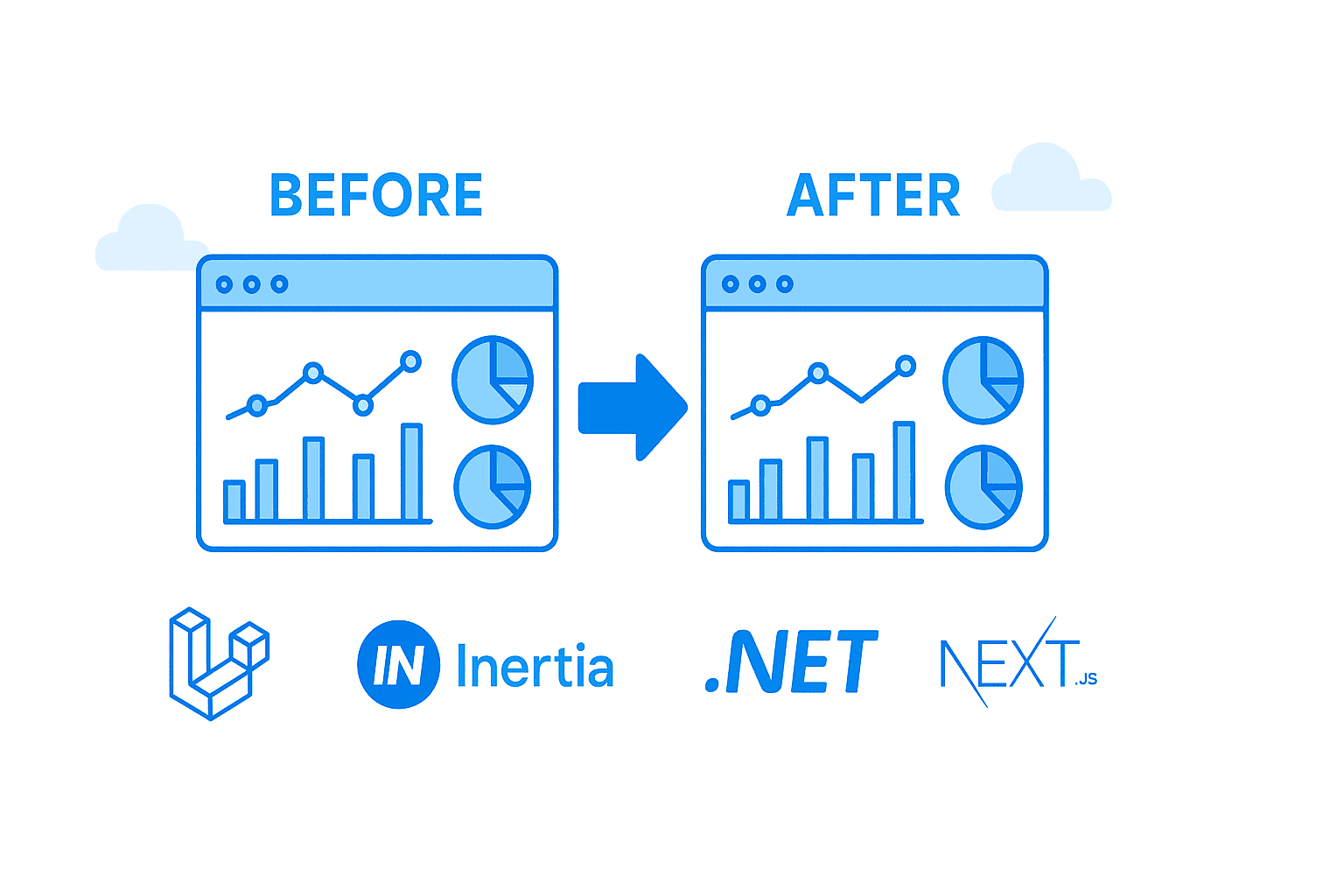
Migrating a Dashboard from Laravel + Inertia + React to .NET + Next.js: How I Made It 10x Faster
When I first built an in-store offline analytics dashboard for a client, I reached for the stack I knew best: Laravel + Inertia + React. It worked well. The dashboard pulled data from sensors and activity logs inside the store and gave the client’s team visibility into what was happening day to day.

You Do Not Need a Full Mobile Application for Your Project: Vite and PWA Are Enough
When building a new project, many founders jump straight to mobile app development. They imagine publishing their app on the App Store and Google Play right away. But here’s the truth, you don’t always need a full mobile application to start. Thanks to modern tools like Vite and Progressive Web Apps (PWAs), you can launch faster, save money, and still give users a mobile-like experience.

FilamentPHP v4: The Best Laravel CMS Just Got Smarter
FilamentPHP v4 is here. Faster. Smarter. More powerful. Why it matters for devs and content creators: Better performance means less wait time, Tailwind CSS v4 brings cleaner themes and faster builds, MFA adds security without complexity, Nested resources and client-side scripts cut boilerplate, Custom-data tables, rich editing, bulk actions—all built-in.
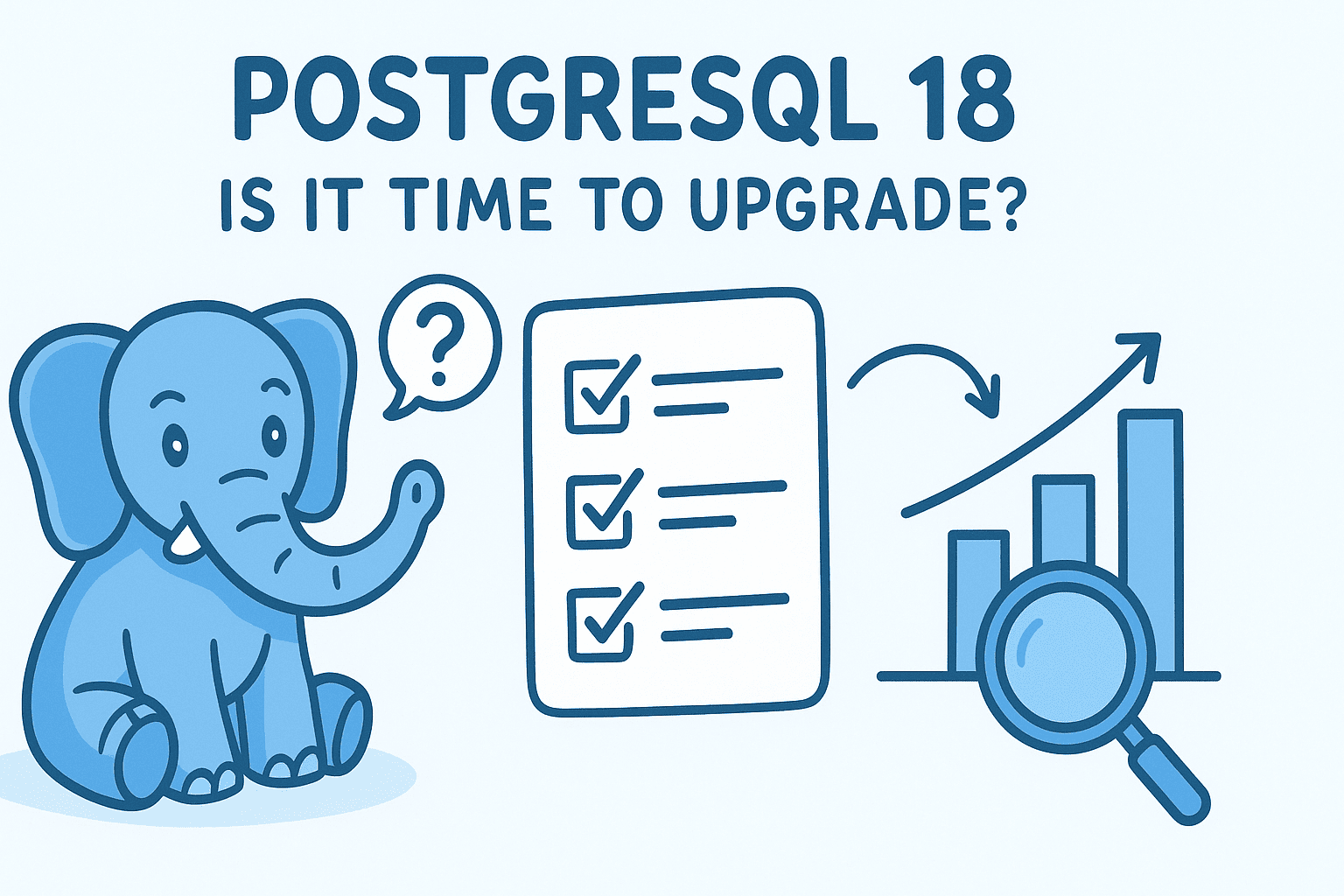
PostgreSQL 18 - Is It Time to Upgrade?
PostgreSQL 18 is on the horizon. And you’re asking: worth the move now, or wait?, PostgreSQL 18 introduces faster I/O, JSON_TABLE, UUIDv7, improved replication, and smarter indexing. Learn what’s new, when to upgrade, and how to prepare.
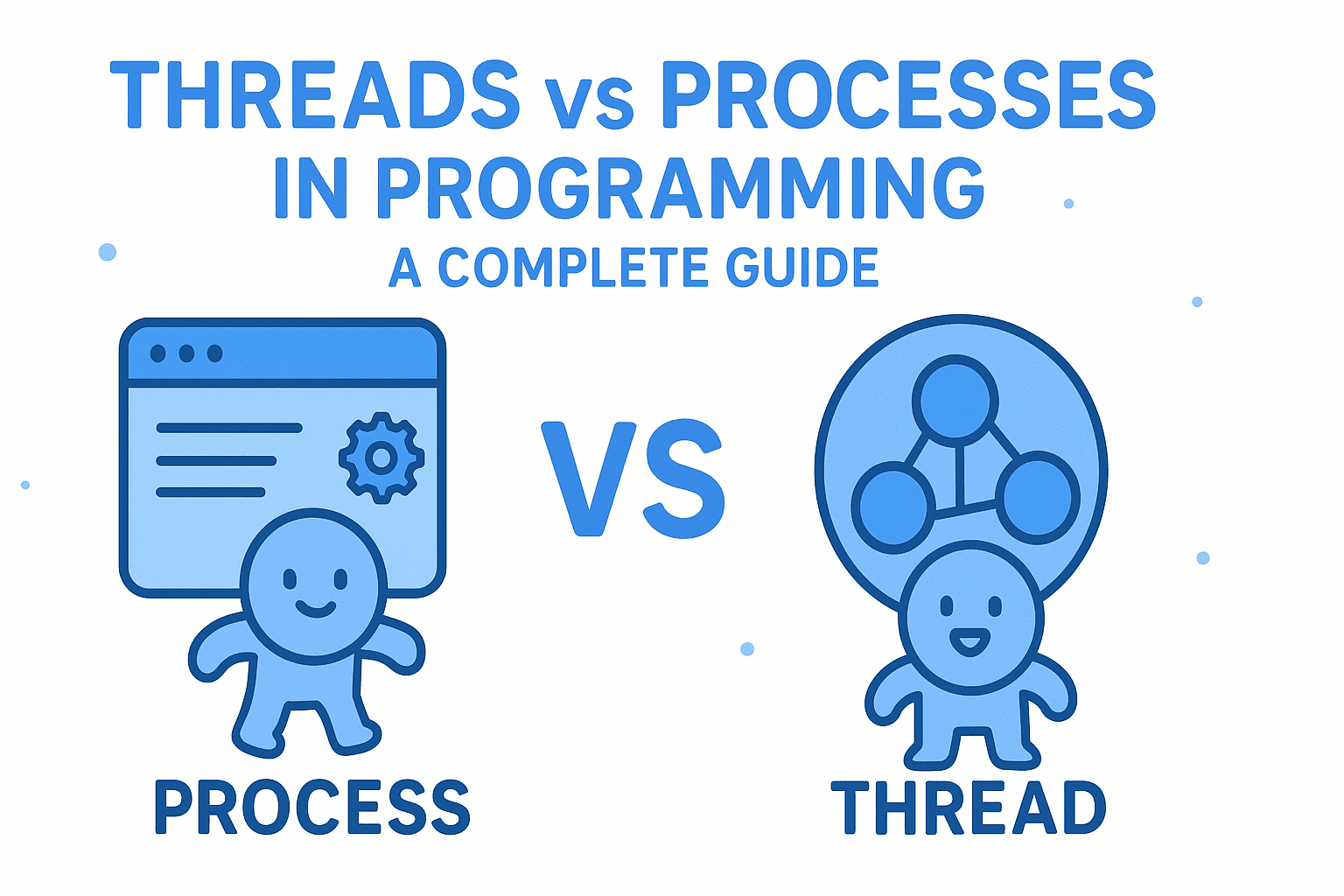
Threads vs Processes in Programming: A Complete Guide
Understanding the difference between threads and processes is essential for developers who want to optimize software performance, resource usage, and responsiveness. These two concepts are fundamental to concurrent programming and parallel computing, yet they’re often confused. This guide explains what they are, how they work, their pros and cons, and when to use each.

HTML Best Practices for Login and Signup Forms
Login and signup forms are everywhere. From social media platforms to e-commerce checkouts, users constantly interact with them. But building accessible, secure, and user-friendly forms? That takes more than just a <form>. tag. In this blog post, we’ll dive into HTML best practices that make login and signup forms work better, for humans, browsers, screen readers, and AI models alike. with added context and examples.